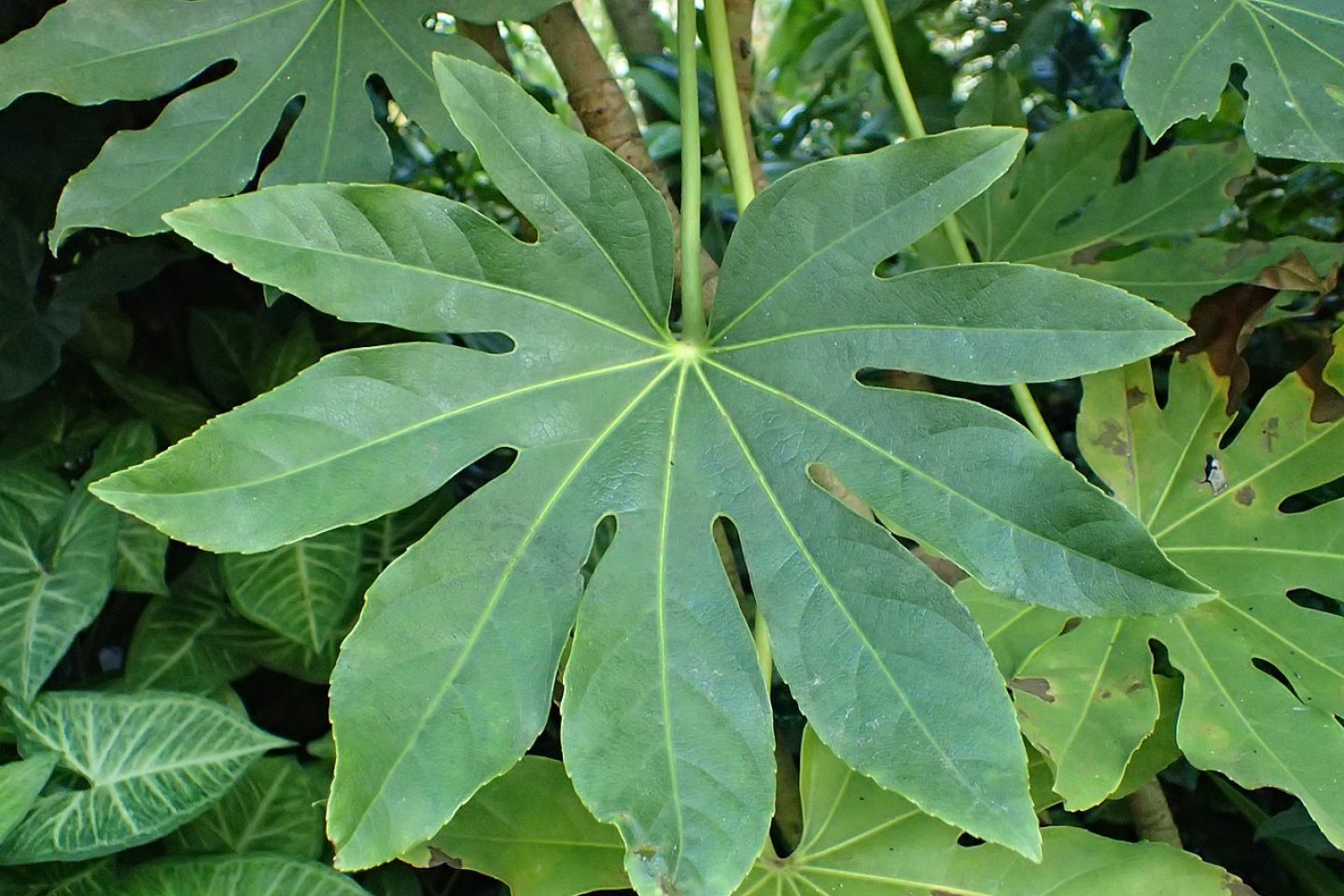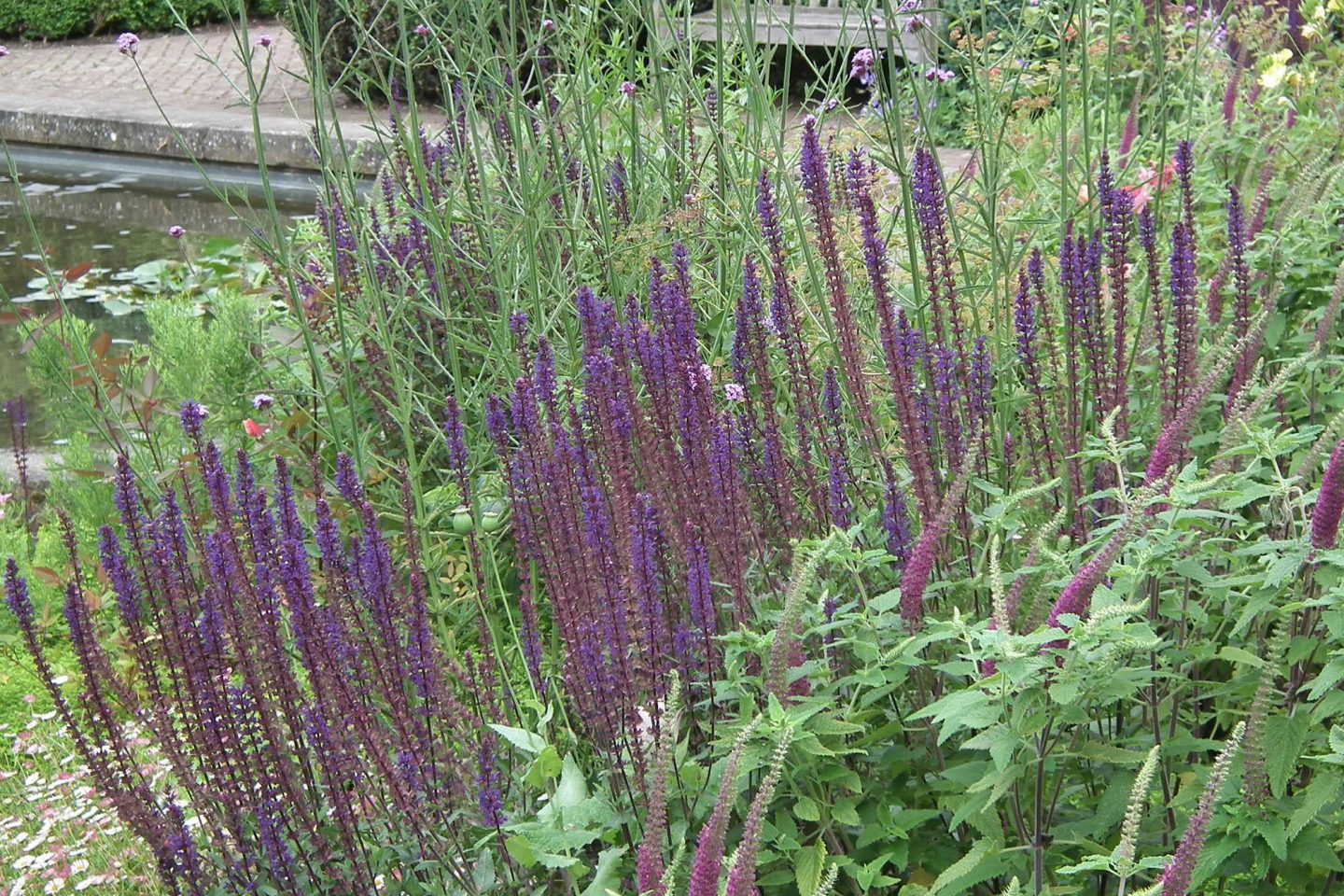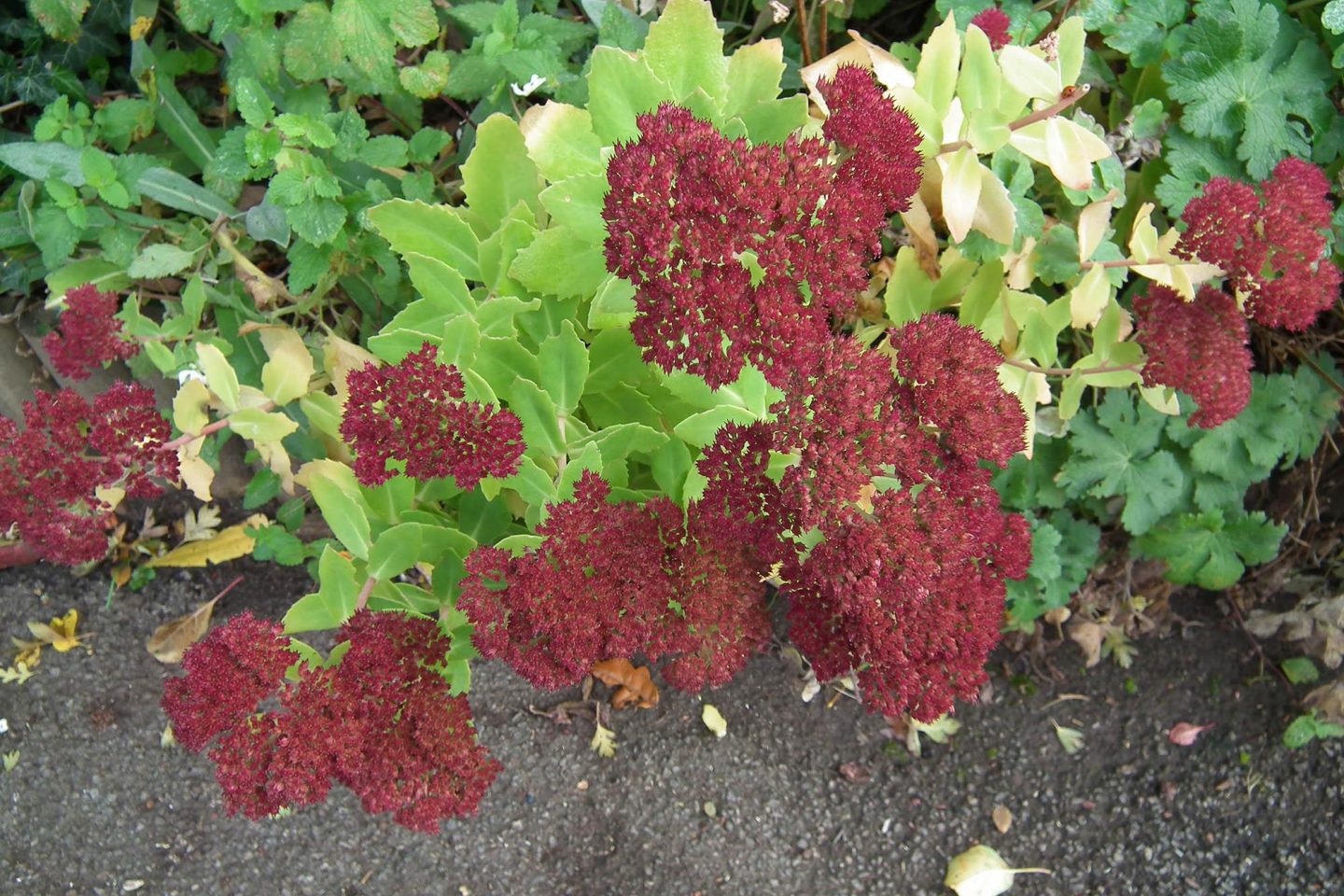

Plants can be low maintenance for different reasons. These are some general tips, when planning easy care planting:
Below are some recommended low maintenance plants. There are plenty more to be found. Read plant labels or ask for advice at the garden centre if you would like extra help with your low maintenance plants.
Shrubs can be an important part of the garden, giving something interesting to look at all through the year. Some low maintenance shrubs need little to no pruning.
Forsythia

The easy-going shrub, forsythia, is one of the first pops of colour you’ll see in the garden in spring.
If you’ve got the space, you can just let it grow and it will create an impressive feature. You can also clip it back into hedging if you prefer a trim, tidy and trained approach.
Mexican orange blossom (Choisya ternata)

If you love richly scented plants, try smelling the citrus fragrance from the white flowers of Mexican orange blossom.
This is an evergreen shrub that can grow to 2.5 metres high. It is low maintenance as it will usually grow happily even in tricky growing conditions and likes sunny or partly shady spots.
Fatsia japonica

If you have a shady or partly shady spot in the garden and like tropical-looking plants, fatsia japonica is a great choice. They can grow quite tall, but they are tough and need very little caring for. You can prune them if you like, but no special technique is needed. They are also evergreen, so you can enjoy their unusual-shaped leaves all year around.
Sacred bamboo (Nandina domestica)

Despite the name, this is not actually a bamboo! It has red berries for the birds and superb foliage colour with bright red tips.
Perennial flowers bring colour and joy to the garden year after year. Some are easier to grow than others, flower for longer or cover the ground, meaning you need to weed less.
Wallflower (Erysimum 'Bowles’s Mauve')

For a plant that flowers for months, copes with most soils and attracts bees, it’s hard to beat Erysimum ‘Bowles's Mauve’.
This perennial wallflower can grow in sun or partial shade. It produces spikes of flowers that will brighten your border.
Bearded iris (Iris germanica)

There’s a bearded iris for any garden. These perennials come in a vast array of colours and can be grown in containers as well as flower borders.
You can expect flowers from around April to June. They look particularly lovely with a number of them planted together.
Salvia nemorosa 'Caradonna'

Once Salvia 'Caradonna' gets going in your garden, you can enjoy striking violet flowers from late spring into summer.
This is a clump-forming sage that likes to grow in a sheltered, sunny position. It will survive pretty well even in drought conditions. All you need to do to keep the flowers coming is deadhead the flower spikes.
Lamb’s ear (Stachys byzantina)

Lamb’s ear is a favourite in Thrive’s gardens. Once you touch the silvery-white leaves, it’s easy to understand why! The velvety texture invites a response and people can’t resist stroking them.
As well as the sensory appeal, lamb's ear is good for ground cover, reducing weeds. It can grow in sun or part-shade and bees love the pink flowers.
Periwinkle (Vinca minor)

If you are looking for a pretty ground cover plant, periwinkle or Vinca minor is a good option. It spreads in time, making an evergreen mat of leaves with pretty purple flowers from spring into summer. It will survive cold winters, grows in almost any position and is drought tolerant. It will even grow over a bank or sloping area of the garden if you have one.
Sedum spectabile

Another tasty treat for butterflies and bees is the nectar rich sedum spectabile. This is a great choice for flowers in autumn. Enjoy watching the colours change from light green to a reddish pink. Once the plant has settled into your garden, preferably in a sunny spot, it doesn’t need much watering. You can also leave the faded flower heads over winter as they give something lovely to look at in the colder months.
If you are new to growing plants, you may want to try some with a high success rate. These plants usually cope with most conditions – including a little bit of neglect!
Sunflowers

There's something about the sight of a sunflower that makes you smile. They are also a great choice when you are starting out in the garden - or, if you're a seasoned expert! They grow quickly, some varieties soaring above head height. They also attract pollinators, giving us even more to enjoy looking at.
Once they’re done, you can harvest the seeds to grow more plants next year. Or, you could leave the seeds in place for birds to enjoy.
Marigold

This is a popular, much-loved annual. It enjoys a sunny spot in the garden, but otherwise will flower with little fuss. This is a great flower for pots and containers. Some people grow marigolds near their vegetables to help deter pests.
Daffodils

To grow daffodils, simply plant bulbs in any partly or fully shady spot in your garden in autumn. That could be in pots, containers, flower borders or even in the lawn. Then, watch and wait for late winter / early spring when they bloom. They are always one of the most welcome signs of the new year!

A low maintenance garden can include food produce. Some good low-key options include:
Grow these crops to get the feel-good factor in your garden with a fuss-free approach.